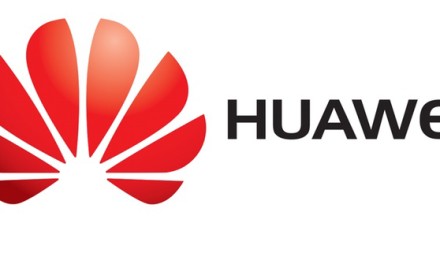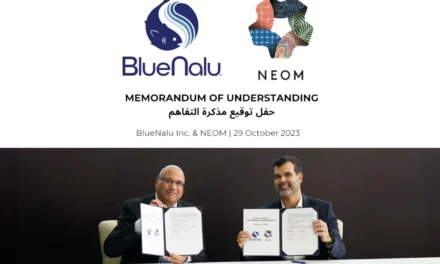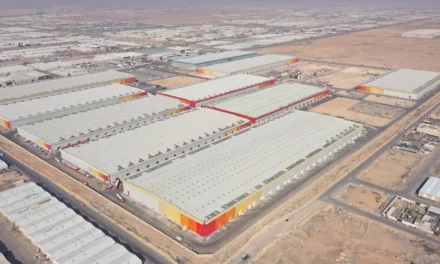
SAS Fortifies the Fight Against Money Laundering

Dubai, United Arab Emirates, 14 December 2022: It is believed that 2% to 5% of global GDP, or US$800 billion to US$2 trillion, is laundered annually, and this is a conservative estimate. Money laundering is often associated with illicit weapons sales, smuggling, embezzlement, insider trading, bribery, and computer fraud schemes. It is also prevalent in organized crime, such as human, arms, or drug trafficking. According to a recent global anti-money laundering (AML) research conducted by SAS, the leader in analytics and AI, in partnership with ACAMS and KPMG, 57% of institutions have adopted AI and machine learning (ML) in their AML compliance department or plan to do so imminently.
As members of the Financial Action Task Force (FATF), the Gulf Cooperation Council (GCC) countries are committed to combating money laundering and terrorism funding (CFT) and make significant efforts in this direction. Since the previous decade, the Kingdom of Saudi Arabia has been reshaping its key legislation, and in 2017, the country passed extensive revisions to its Anti-Money Laundering Law and the Law on Crimes and Financing of Terrorism. The Central Bank of the UAE published new guidelines in August 2022 to assist licensed financial institutions in combating money laundering and terrorism funding.
The common denominator is that financial institutions need to act fast to stay compliant with the AML / CFT regulatory requirements. Compliance, however, poses three major challenges: extremely high false positives, a growing volume of cross-border transactions, and constantly changing AML / CFT regulations and business requirements. As regulators around the world and in the Middle East increasingly judge financial institutions’ compliance efforts based on the effectiveness of the intelligence they provide to law enforcement, it’s no surprise that 66% of SAS survey respondents believe regulators want their institutions to leverage AI and machine learning. These technologies help reduce false positives, ease caseloads, streamline reporting and lower operational costs.
SAS Anti-Money Laundering takes a risk-based approach to help financial institutions uncover illicit activities and comply with AML and CTF rules. With embedded AI, machine learning, and other advanced analytics techniques, such as deep learning, neural networks, natural language generation and processing, unsupervised learning and clustering, robotic process automation and more, SAS Anti-Money Laundering drastically bolsters AML and CFT efforts. SAS has been named a Leader in anti-money laundering solutions in The Forrester Wave: Anti-Money-Laundering Solutions, Q3 2022 report, achieving an almost perfect score of 4.85/5 on its current offering.
“As money laundering methods get more sophisticated, financial organizations rely on ever-more advanced AML solutions to detect and combat financial crimes,” said Ravi Acharya, Managing Director and Regional Head of SAS Middle East, Turkiye and Africa at SAS. “However, despite the promising results and billions spent yearly on basic regulatory compliance tasks, some have been slow to change. Our sophisticated anti-money laundering solution leverages AI, machine learning, intelligent automation and advanced network visualization, to deliver unprecedented prediction and detection capabilities, the lowest false positives, and reduced investigation times.”
















































